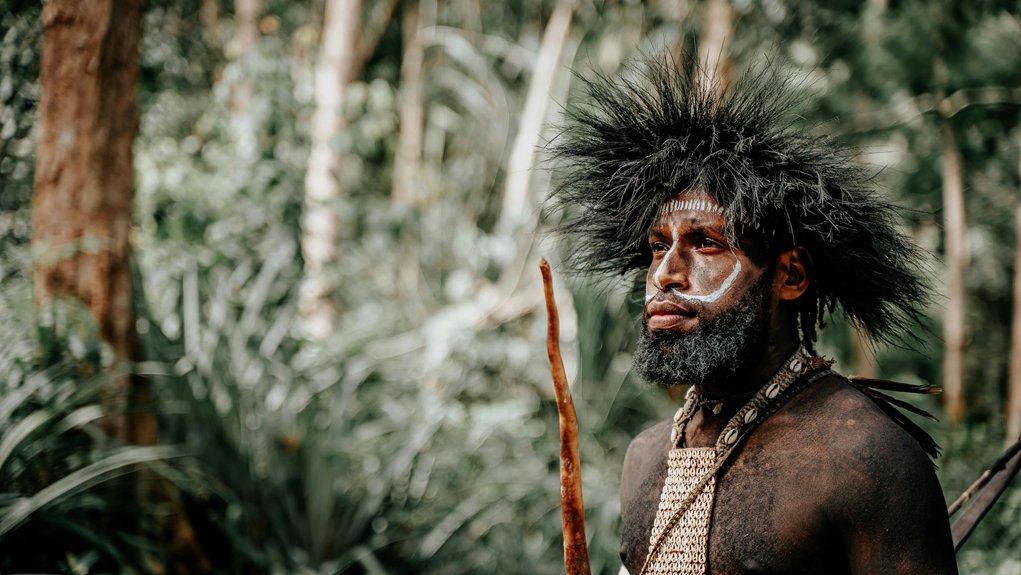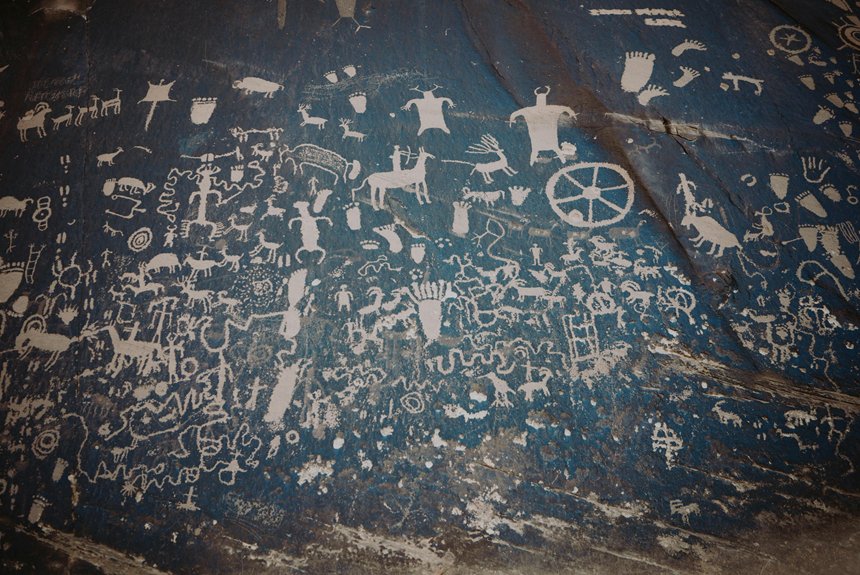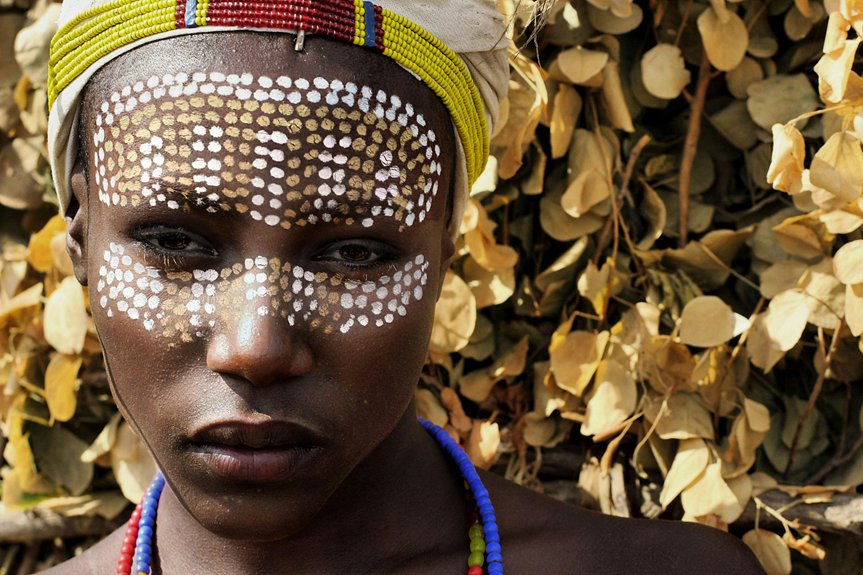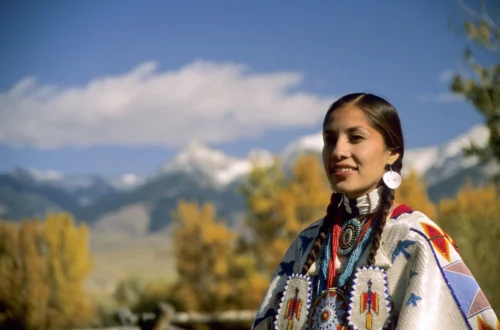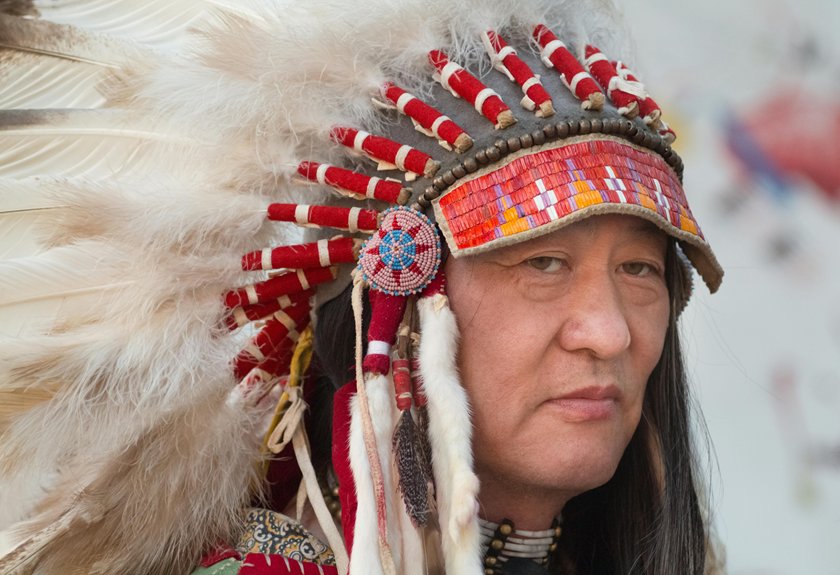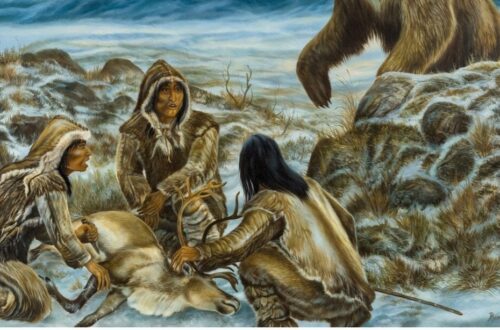Facial hair growth among Native Americans can be as varied as the landscapes they inhabit. While some men sport full, thick beards, others may find themselves struggling with facial hair, shaped by unique genetic factors. This diversity not only challenges common stereotypes but also highlights the rich tapestry of experiences within Native communities. What influences these differences, and how do cultural perspectives shape the significance of facial hair in various tribes?
Understanding Genetics and Facial Hair Growth
While many people might assume that all Native Americans can easily grow beards, the reality is influenced by genetics. Facial hair growth varies widely among individuals, regardless of ethnicity.
Factors like ancestry and genetic predisposition play vital roles in how much facial hair you can grow. Some Native Americans may have thicker, fuller beards, while others might struggle to grow even minimal facial hair.
It’s important to recognize that this diversity reflects a broader spectrum of genetic traits within the Native American population. Additionally, cultural practices and personal grooming preferences can also affect perceptions of facial hair.
Ultimately, understanding these nuances helps appreciate the varied experiences within Native American communities and dismantles oversimplified views on appearance.
Common Myths About Native Americans and Beards
Many people hold misconceptions about Native Americans and their ability to grow beards, often assuming that all individuals from these communities share similar facial hair traits.
In reality, just like any other group, Native Americans exhibit diverse genetic backgrounds that influence hair growth.
- Some may have thick, dark beards that frame their faces.
- Others might sport light facial hair, barely noticeable, whispering of their heritage.
- Many choose to remain clean-shaven, embracing personal style over societal expectations.
These variations highlight the rich tapestry of Native American identities and challenge the stereotype that all Native Americans struggle with facial hair.
Understanding these nuances fosters respect and appreciation for the cultural diversity within Native communities.
The Role of Hormones in Beard Growth
Hormones play a significant role in determining beard growth, influencing how facial hair develops among individuals, including those within Native American communities.
Testosterone, the primary male hormone, directly impacts hair follicles, stimulating growth and thickness. Each person’s genetic makeup affects how sensitive their hair follicles are to testosterone, leading to varying beard densities.
Dihydrotestosterone (DHT), a derivative of testosterone, also contributes to this process, further influencing facial hair characteristics.
While some individuals may find it easier to grow beards, others may struggle due to hormonal differences. Understanding these hormonal influences can help you appreciate the diversity in facial hair growth, recognizing that it’s not solely about ethnicity but also about individual biology.
Cultural Perspectives on Facial Hair
As you explore the cultural perspectives on facial hair, you’ll find that it holds varied significance across different Native American communities.
For many, facial hair can symbolize strength, wisdom, and connection to ancestry.
- Imagine an elder with a long, flowing beard, embodying the stories of generations past.
- Picture young men participating in a rite of passage, where facial hair is celebrated as a mark of maturity.
- Envision artists depicting traditional motifs, weaving facial hair into their representations of identity and culture.
These expressions reflect the diverse meanings attributed to facial hair, influenced by tradition, personal choices, and cultural values.
Understanding these perspectives can deepen your appreciation for the rich tapestry of Native American heritage.
Variability Among Different Tribes
While some Native American tribes embrace facial hair as a symbol of identity and heritage, others may hold different views influenced by their unique cultural practices and historical contexts.
For instance, tribes like the Lakota and Navajo may view facial hair as a representation of masculinity, while others might prefer a clean-shaven look, reflecting specific cultural norms.
Additionally, the perception of beard growth can be shaped by historical interactions with European settlers, leading some tribes to adopt or reject certain styles.
It’s crucial to recognize that these variations aren’t just personal preferences but deeply rooted in community beliefs and traditions.
Understanding this diversity helps you appreciate the rich tapestry of Native American identities and the significance of facial hair within various tribal contexts.
Personal Stories of Beard Growth in Native American Communities
Many Native Americans have personal stories that reflect their unique relationships with beard growth, often intertwined with cultural identity and individual experiences.
For some, growing a beard represents a connection to heritage, while for others, it’s a personal journey of self-expression.
- A young man recalls his grandfather’s wisdom, sharing tales of their ancestors who wore beards with pride.
- A woman describes how her partner’s beard became a symbol of strength during challenging times.
- An artist mentions how his facial hair inspired a series of paintings reflecting his tribe’s history.
These narratives illustrate how beard growth can embody cultural significance, personal struggles, and connections to community, revealing deeper layers of identity within Native American life.
Celebrating Diversity in Facial Hair Styles
Facial hair styles among Native Americans showcase a vibrant tapestry of cultural diversity and personal expression. Each tribe carries its own traditions and meanings, influencing how individuals choose to wear their facial hair.
For some, a beard symbolizes strength, wisdom, or maturity, while for others, it might represent a connection to their heritage or personal identity. You might notice styles ranging from subtle mustaches to full beards, with variations reflecting individual preferences and cultural significance.
It’s essential to appreciate that these choices often intertwine with broader narratives of resilience and self-expression within Native communities. Embracing this diversity not only enriches our understanding but also honors the unique stories that each style represents.
